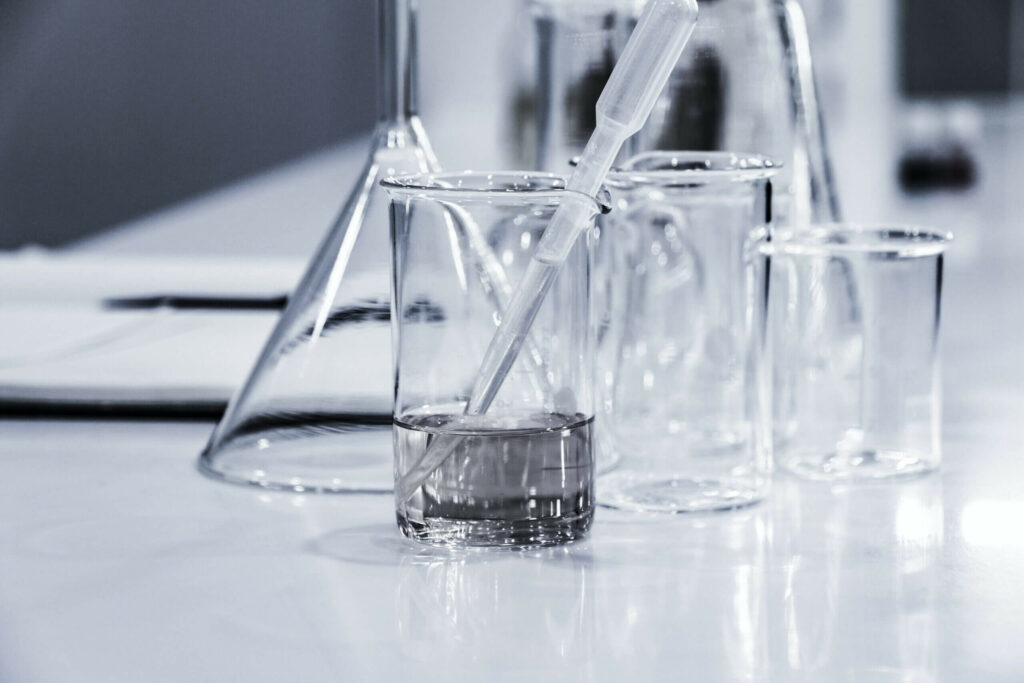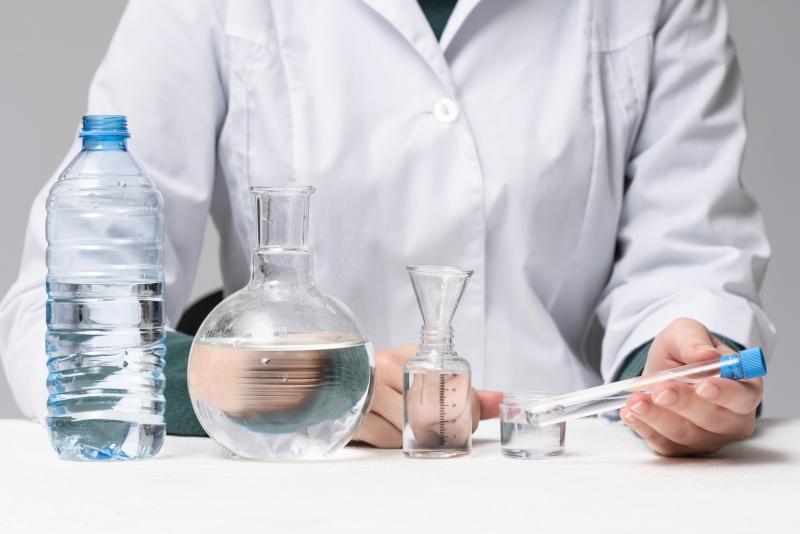Water is a fundamental resource for life, and its quality profoundly affects public health and the environment. To ensure its safety, we rely on two distinct but interconnected processes: waste water testing and water testing. In this article, we’ll explore the vital differences between these two practices and their unique roles in safeguarding water quality.

Waste Water Testing
Focus: Contaminant Removal
Waste water testing primarily concerns itself with the quality of water that has already been used. Here are key aspects of waste water testing:
- Source: Waste water originates from domestic, industrial, and commercial activities, as well as stormwater runoff. It’s the water that goes down drains, toilets, and sewers.
- Objective: The primary goal of waste water testing is to ensure that contaminants, pollutants, and pathogens are effectively removed or treated before the water is discharged back into the environment, typically into rivers, lakes, or the ocean.
- Parameters: Waste water testing assesses parameters such as biochemical oxygen demand (BOD), chemical oxygen demand (COD), nutrient content, pH levels, heavy metals, and the presence of specific pollutants from industrial processes.
- Treatment: Treatment processes like sewage treatment plants, industrial effluent treatment, and stormwater management systems play a crucial role in cleaning and treating waste water before it is released.
- Public Health: While waste water testing indirectly affects public health by preventing the release of harmful contaminants into the environment, its primary aim is environmental protection.
Water Testing
Focus: Safe Consumption
Water testing, on the other hand, deals with the quality of water that is intended for consumption or use. Here are key aspects of water testing:
- Source: This testing concerns water from various sources, including municipal water supplies (tap water), wells, springs, and natural water bodies like rivers and lakes.
- Objective: The main objective of water testing is to ensure that the water is safe for human consumption, meets regulatory standards, and is free from harmful contaminants.
- Parameters: Water testing evaluates parameters such as microbial content (bacteria and viruses), chemical composition (including disinfection byproducts, heavy metals, and pesticides), pH levels, turbidity, and nutrient content.
- Treatment: In the context of drinking water, water treatment plants play a critical role in removing contaminants and ensuring safe water supply.
- Public Health: Water testing directly affects public health by verifying that drinking water is safe for consumption, cooking, and personal hygiene.

Interconnected Roles
While waste water testing and water testing serve distinct purposes, they are interconnected. Here’s how:
Effective waste water treatment is essential to prevent the release of contaminants into natural water bodies, which would later become sources of drinking water.
Water treatment plants rely on the quality of incoming water, which is influenced by the quality of waste water discharged into the environment.
Monitoring and regulating both waste water and water quality contribute to comprehensive environmental protection and public health.
Conclusion
Waste water testing and water testing are two sides of the same coin, each playing a vital role in protecting our environment and ensuring safe drinking water. While waste water testing focuses on environmental protection by managing and treating used water, water testing ensures that the water we consume is free from harmful contaminants, directly benefiting public health.
By understanding the distinct purposes and differences between these two practices, we can appreciate the comprehensive approach taken to safeguard our most precious resource: water.
Frequently Asked Questions
Do waste water treatment plants also test the treated water before discharge?
Yes, waste water treatment plants typically perform final tests to verify that the treated waste water meets regulatory standards and is safe for release into the environment.
How often should water testing be conducted for drinking water sources?
Water testing for drinking water sources should be conducted regularly, as determined by local regulations and guidelines. For municipal water supplies, testing is often performed daily, while private well owners are advised to test annually.
Can water that passes water testing be contaminated by waste water downstream?
Yes, downstream contamination is possible if waste water discharge is not adequately treated and monitored. Effective waste water treatment is essential to prevent downstream pollution.
What are the consequences of consuming water contaminated with waste water?
Consuming water contaminated with inadequately treated waste water can lead to waterborne diseases, gastrointestinal issues, and exposure to harmful chemicals and pathogens.
What role does water testing play in environmental conservation?
Water testing helps monitor the health of natural water bodies, ensuring that they remain suitable habitats for aquatic life and are protected from pollution and degradation.
Author Bio
Mr. Parthiv Kinariwala is a leading expert in calibration and testing services, with over 20 years of experience in the industry. As the founder of Prism Calibration, established in 2004, Mr. Kinariwala has been at the forefront of delivering precise and reliable calibration, testing, and validation solutions across various industries. His expertise in providing services that meet international calibration standards has earned the trust of major clients, including Reliance Industries, Zydus Cadila, Indian Oil, ONGC, Adani, and Tata.
With a deep understanding of instrumentation, measurement accuracy, and industrial testing, Mr. Kinariwala ensures that each client receives exceptional service tailored to their specific needs. His unwavering commitment to quality and precision has established Prism Calibration as a trusted partner for some of the largest and most respected organizations in the industry.







